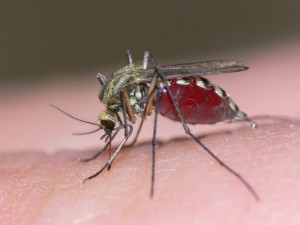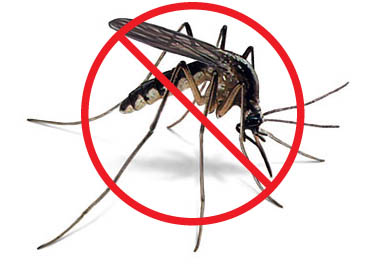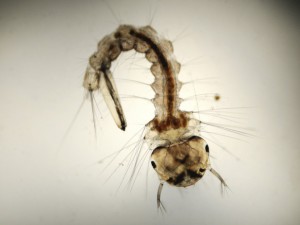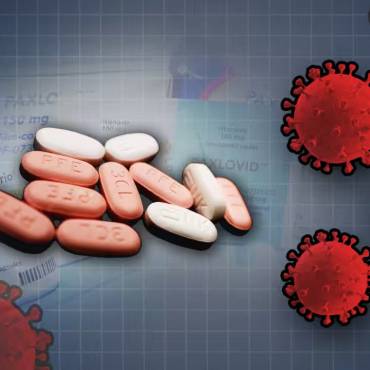 Did you know that even one single malarial mosquito can infect a 100 people? On an average every 45 second, a child dies of malaria in Africa? Mosquito bites are a universal problem. There are 2500+ species of mosquitoes found in every part of the world except for Antarctica where they can’t survive. Unbelievable but true, during the peak breeding season, this deadly disease carrying little insect outnumbers every other animal on earth except for ants and termites.
Did you know that even one single malarial mosquito can infect a 100 people? On an average every 45 second, a child dies of malaria in Africa? Mosquito bites are a universal problem. There are 2500+ species of mosquitoes found in every part of the world except for Antarctica where they can’t survive. Unbelievable but true, during the peak breeding season, this deadly disease carrying little insect outnumbers every other animal on earth except for ants and termites.
Why mosquitoes are the most dangerous creatures
Mosquitoes are the carriers of one the deadliest malaria infections that claims almost 6, 00,000 innocent lives every year. Threatening half of the world’s population, and accountable for losing productivity worth billions of dollars annually, Mosquitoes are nothing less than a havoc. Other than malaria, mosquitoes are also responsible for carrying and spreading diseases like dengue, yellow fever and encephalitis.
What Mosquitoes Like Best
There’s a lot of research going on as to what attracts mosquitoes towards human flesh. Researchers are trying to find out if it is a compound or certain odor emitted by the human body that makes it irresistible for mosquitoes to bite us. According to Joe Conlon, PhD, technical adviser of the American Mosquito Control Association, there are more than 400 different types of compounds to be examined to get us closer to the cause and it is for sure a tedious process. He further adds that with so much to find out about mosquitoes, the research has only just started, and so far it has proven that certain elements of our body chemistry, if found in excess, attract mosquitoes.
Although, it is certain that it is our genetics that account for more than 85% of our vulnerability for mosquito bites, there are certain other factors too pertaining to individuals that adds up to the swarming of mosquitoes. As described by entomologist John Edman, PhD, spokesman for the Entomological Society of America, humans with high concentration of cholesterol and steroids and the ones with high uric acid level are more prone to mosquito bites. These substances trigger the mosquito’s sense of smell further luring them towards their victims.
Dr. Conlon further added that mosquitoes have a heightened sense of smell and can smell their food source from a distance of up to 50 meters. Carbon dioxide has an edge over other smells for mosquitoes. Any type of carbon dioxide appeases them even from a distance. This also explains the fact that mosquitoes prefer adults over children. The list also includes pregnant women as they tend to exhale more carbon dioxide than normal. Any kind of movement or heat attracts these little devils.
Managing the Mosquito Mania
Avoiding Mosquitoes
Harder than it sounds, a good way to get rid of mosquito bites is to avoid mosquitoes. But  that doesn’t mean that staying indoors would help. House mosquitoes know their way to get to the inhabitants and feed on them. Try to keep all such gaps in the doors, ceilings, window panes and vents closed. Also, using mosquito repellent is a good idea to keep them away from you.
that doesn’t mean that staying indoors would help. House mosquitoes know their way to get to the inhabitants and feed on them. Try to keep all such gaps in the doors, ceilings, window panes and vents closed. Also, using mosquito repellent is a good idea to keep them away from you.
Managing Mosquitoes
For as long as mosquitoes have been with us, humans have tried to find ways to manage and control them. Although we have never been completely successful in controlling these little flying monsters, some measures have proved to be quite effective in restricting them. One such method is Larviciding, which involves the application of mosquito killing pesticides –methoprene, scientifically named as Bacillus thuringiensis israelensis. Mixing these pesticides with water where the mosquito larvae breed allows the methoprene to enter the mosquito’s body, thereby killing it.
Adulticiding is a measure used to control adult full grown mosquitoes that are the biggest disease carriers. Also, this process is used when the number of mosquitoes becomes too large. While larviciding affects the small breeding mosquitoes, adulticiding affects the ones grown in numbers while affecting other insects. Adulticiding should be used when the threat of mosquitoes spreading viral infections is too high. This process carries out with favorable environmental conditions and adequate timing, especially during the evenings when mosquitoes are most active.
Mosquito surveillance is another process that includes collecting and identifying the species of mosquitoes to be able to predict the disease they carry, and further alerting the residents of that area along with working towards carrying out the protective measures.
The best way and so far one of the most effective ones is to deny them a place to breed  i.e. Source reduction. Eliminate water from the places where mosquitoes lay their eggs. Stagnant and impure water in ponds, lagoons, ditches, and backwaters gives them a place to grow. Proper water drainage from artificial or natural containers, proper maintenance and disposal of debris activities contributes to the restriction of mosquitoes.
i.e. Source reduction. Eliminate water from the places where mosquitoes lay their eggs. Stagnant and impure water in ponds, lagoons, ditches, and backwaters gives them a place to grow. Proper water drainage from artificial or natural containers, proper maintenance and disposal of debris activities contributes to the restriction of mosquitoes.
What Doesn’t Work
Let’s not assume what getting to know mosquitoes better will solve the issue; they are getting smarter too. Many mosquito trapping devices produced in the recent years have proved ineffective against them. The mosquito repellents and the pesticides also fail to produce the desired results if not used correctly. They are effective only when used in absolute favorable conditions and when guidelines are followed perfectly.
Weighing not more than 2.5 milligrams, these little monstrous creatures are undoubtedly world’s most deadly creatures. Many products, such as ultrasonic electronic devices developed and brought to the market with a claim to control them have proved ineffective in curbing these insects. Today, most of us have to resort to the traditional measures of keeping our surroundings clean and devoid of stale water to reduce and control them.


